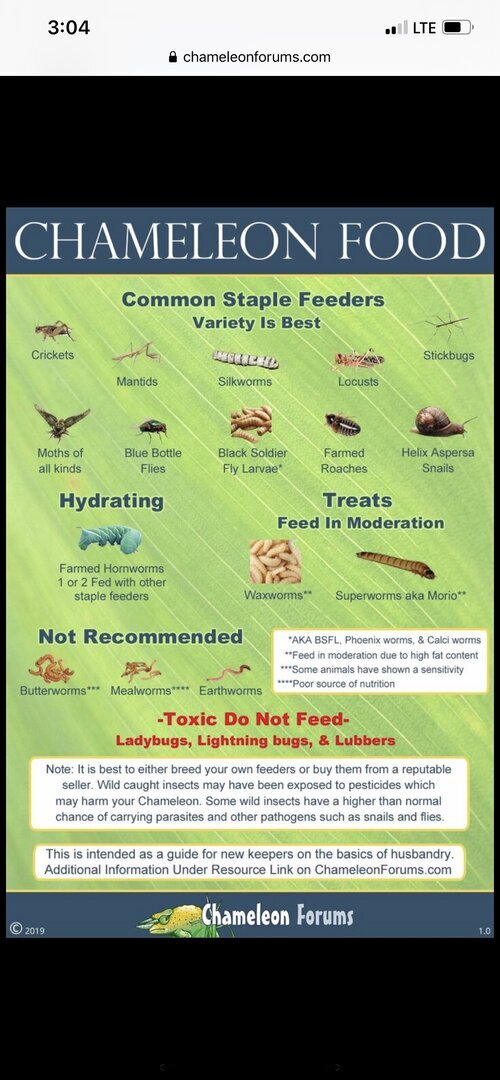cincomangooo
New Member
just purchased my first chameleon. She is a female veiled, and she is absolutely beautiful. Firstly, approximately how old is she? she’s about 6.5 inches long from nose to tail end. I’ve done a lot of research, but i have the tendency to doubt myself in just about everything, even beyond chameleons. so if i can get any feedback it would be greatly appreciated! Any tips/criticism i can get it’d really help. Lastly, i know she isn’t quite there yet, but the thing i’m most concerned about is the laying bin. Again, i doubt my ability to do it right, any guidance would be very very very helpful.








